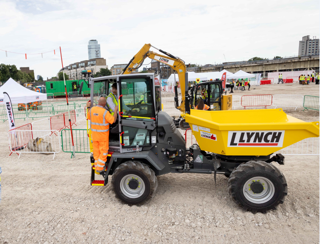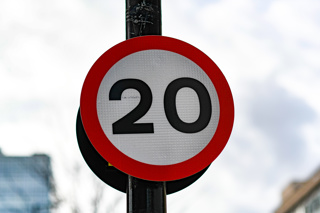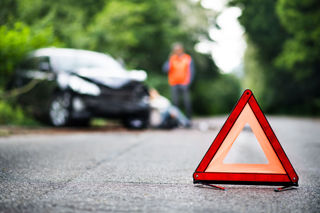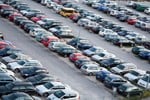Transport for London (TfL) has launched a Vision Zero Inequalities Dashboard tool, creating a new map of London that shows levels of road traffic injury inequality in the capital.
The new tool shows how deprivation is linked to higher road casualty levels, says TfL.
The dashboard enables users to filter the data on the relationship between deprivation levels and road casualties by year, borough, casualty severity and mode of travel, while the mapping function makes it easier to explore areas of higher casualty or casualty location rates.
Casualty data available runs from 2017 up to the end of 2022 and will be updated annually.
Remaining data covering this time period on age and gender will be added later this year.
London collision data is collected by the Metropolitan Police Service (MPS) and the City of London Police (CoLP) or reported to the police by members of the public.
TfL will use the data from this dashboard to inform its own investment priorities and provide this data to boroughs.
It follows a report - Inequalities in road danger in London (2017-2021) - published earlier this year, which focused on two areas, the collision location and the demographic characteristics of the people who are injured.
It found that in London the more deprived the area, the higher the risk that someone travelling in that area will be seriously injured or killed in a road traffic collision in that area, with the 30% of the most deprived postcodes having more than double the number of casualties per kilometre of road network compared with the least deprived 30%.
The dashboard shows that the data for people killed or seriously injured (KSI) in 2022 continues to show these trends.
Lilli Matson, TfL's chief safety, health and environment officer, said: “The interactive dashboard displays crucial information on the relationship between deprivation levels and road casualties in London.
“Protecting everyone on the road is a priority for us and we will continue to research how road risk varies for certain groups of Londoners and engage with boroughs, police and other stakeholders to reduce these inequalities.
“Without safe streets we know that people won't choose the most healthy and sustainable modes of transport and there is still much more to do to eradicate road deaths and serious injuries. We are determined to make London a greener, more sustainable and safer city for everyone."
TfL’s Vision Zero Inequalities Dashboard is available on the TfL website.























Login to comment
Comments
No comments have been made yet.